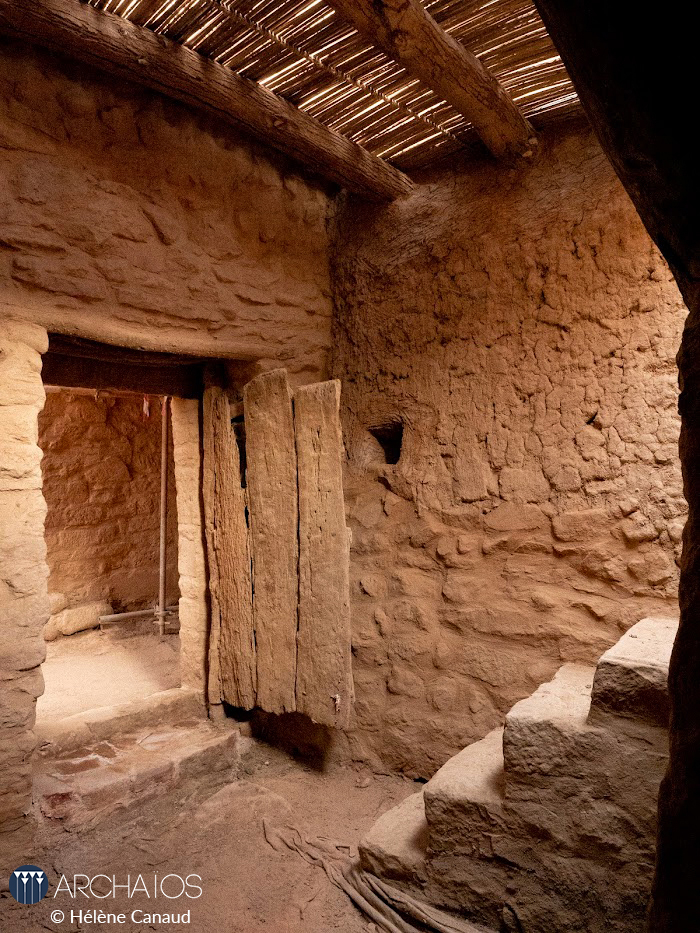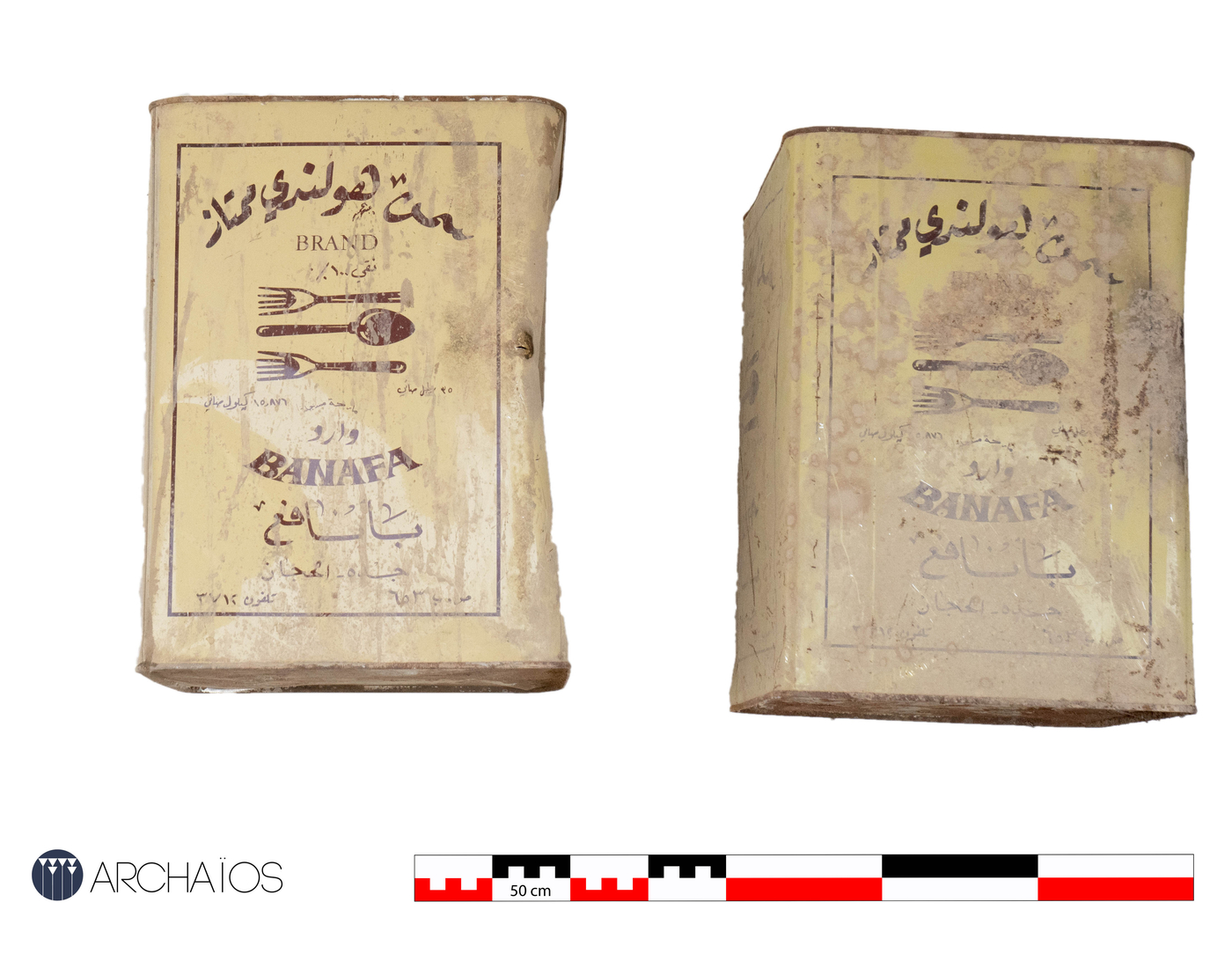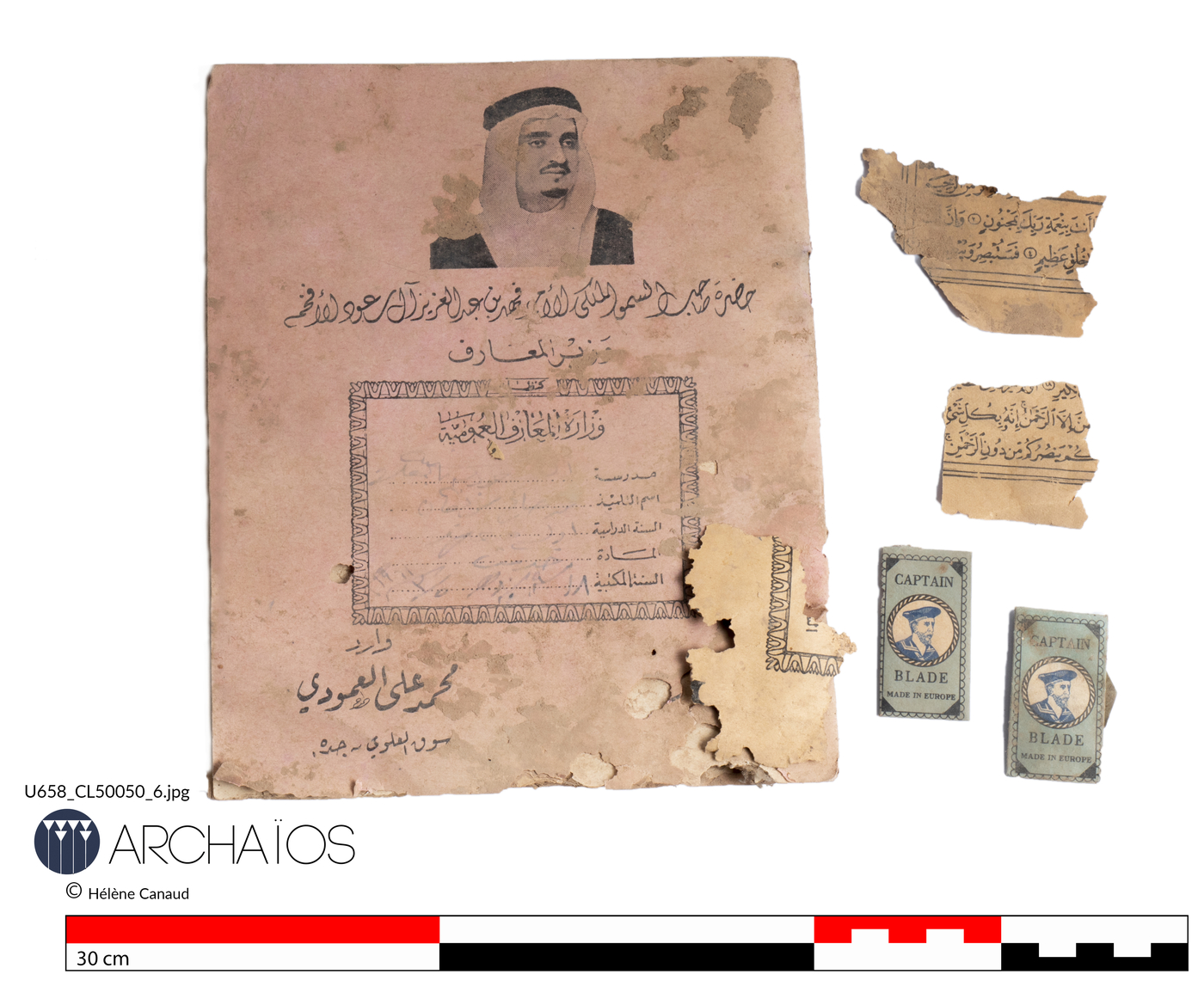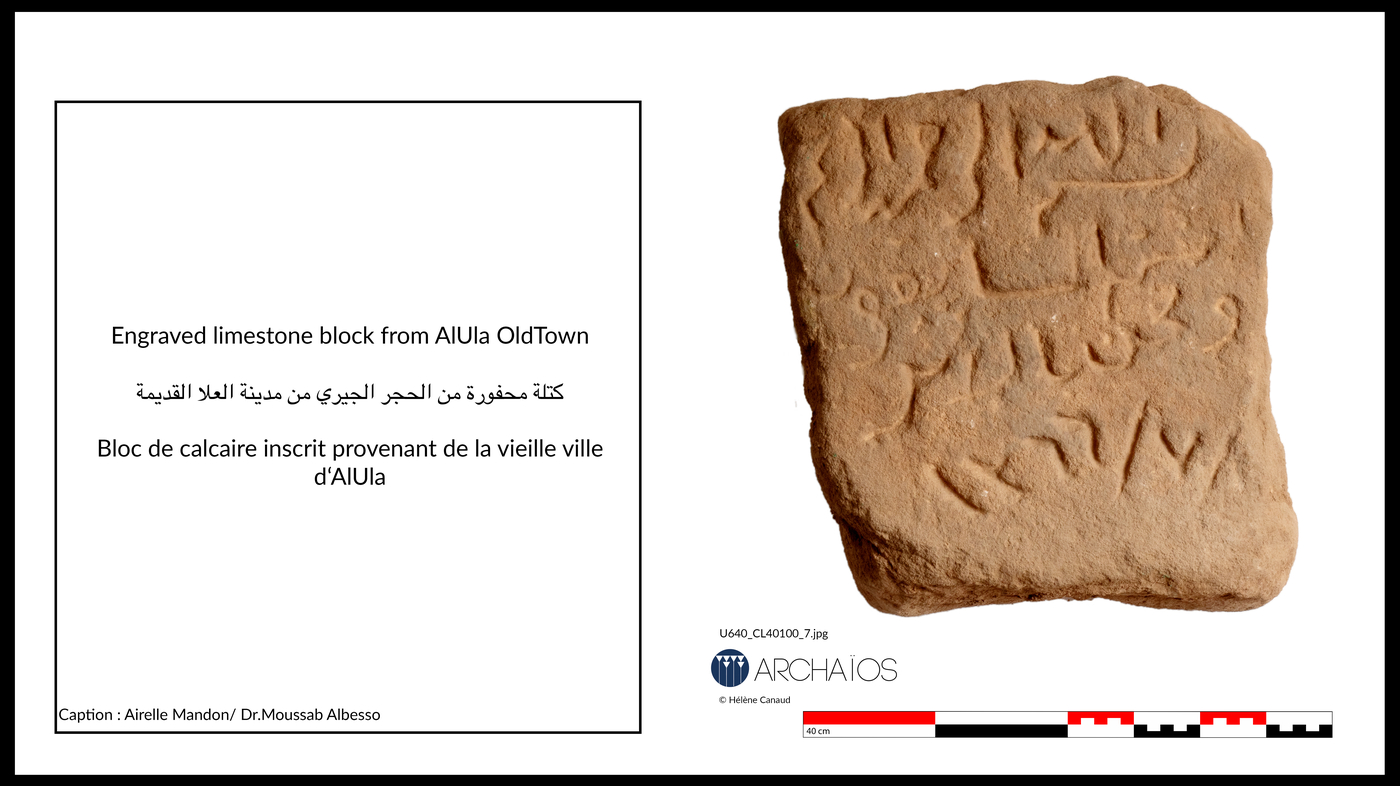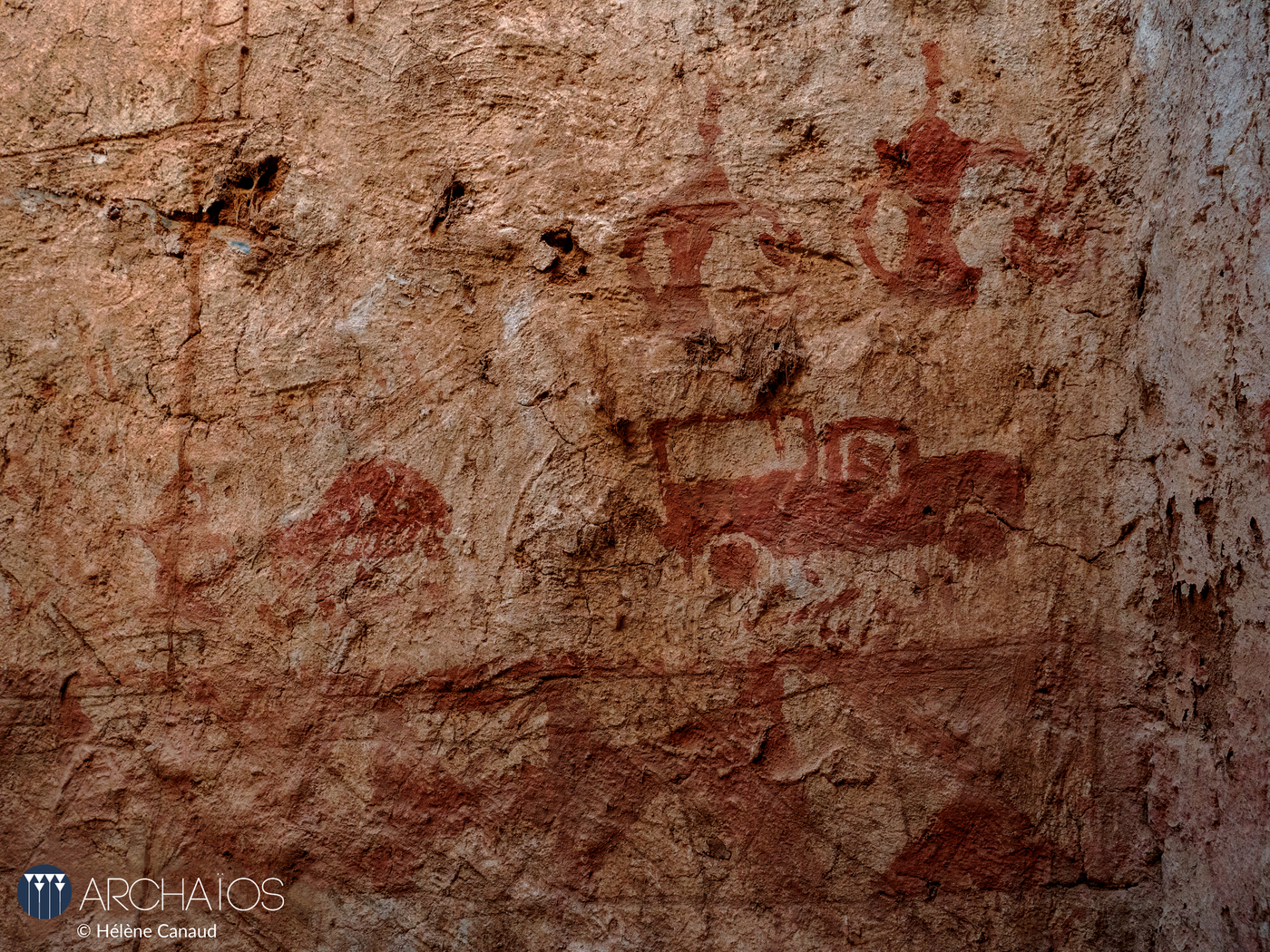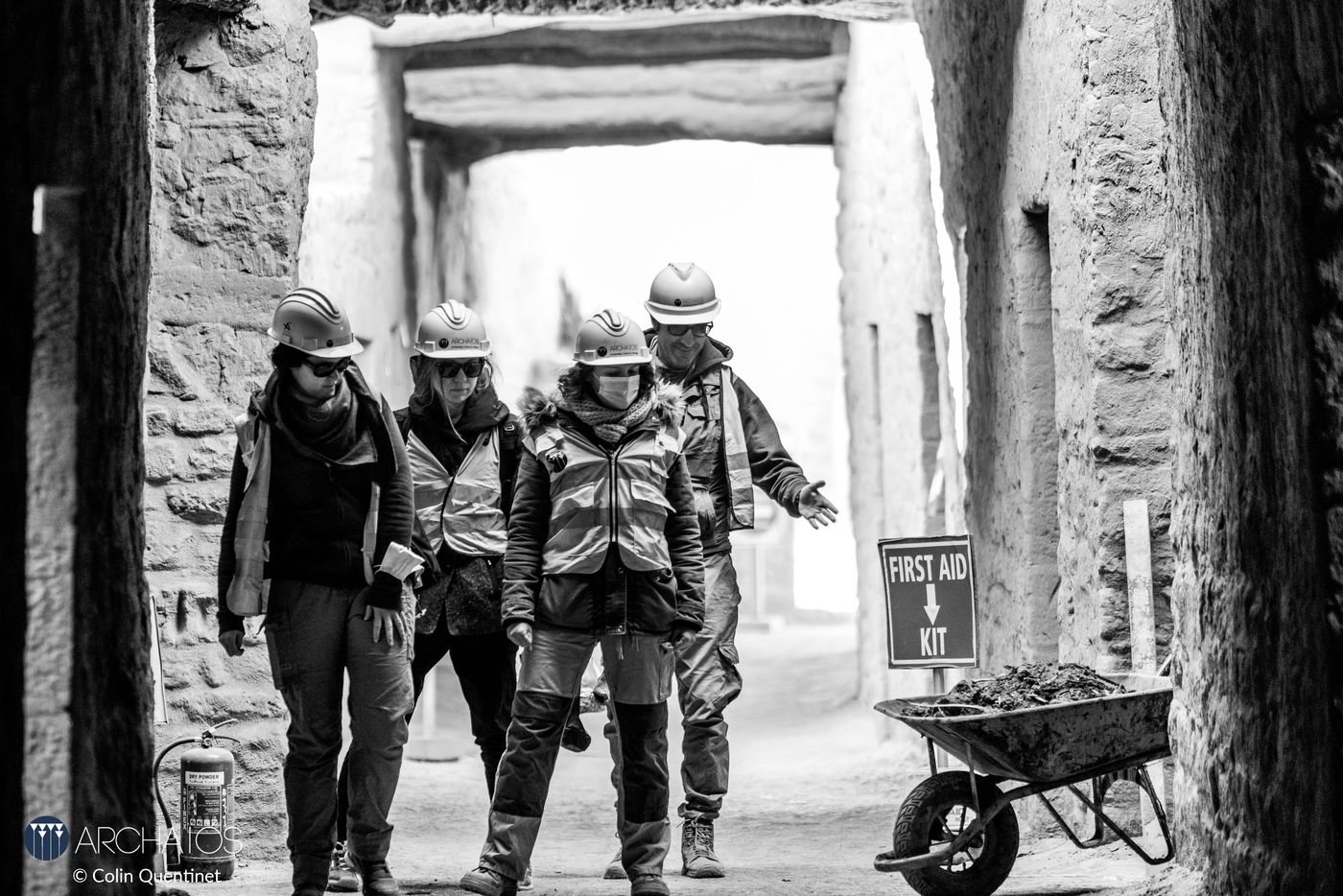Living in the Old Town of AlUla
Abandoned in the late 1980s, the Old Town of AlUla offers a leap into the past. The daily life of the ancient ḥijāzīs in the 20th century is revealed, little by little, by the researchers of this new archaeological project initiated by Saudi Arabia.
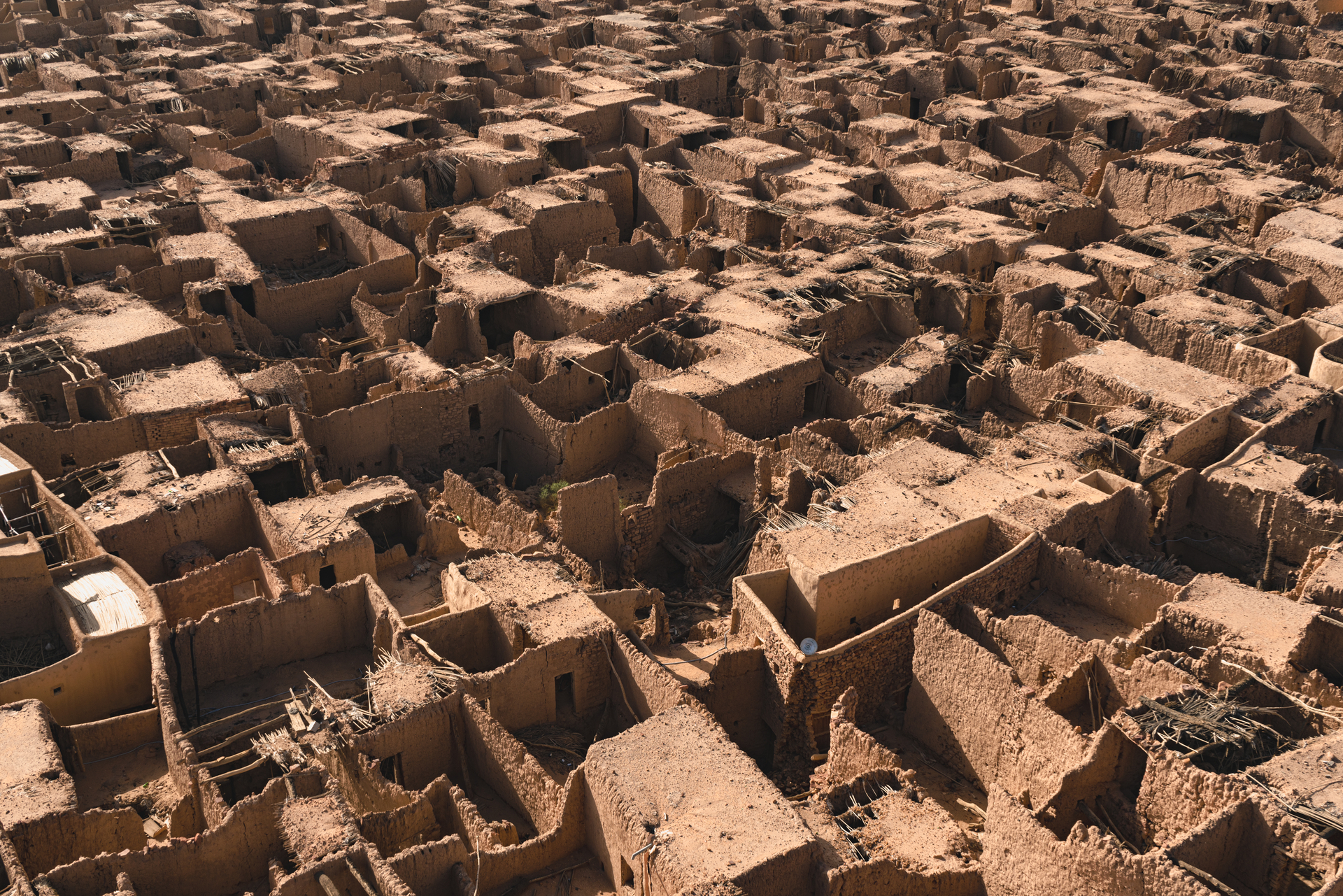
Characterizing life in the Old Town
The AlUla Valley has attracted human populations since prehistoric times, as attested by the development of four successive cities: Dadan (Iron Age), Hegra (1st century B.C.), Al-Qurh (7th–12th centuries) and AlUla (13th century–1980s).
Situated at the crossroads of caravan routes, AlUla managed to endure until the 1980s. Abandoned recently, the Old Town is in a remarkable state of preservation and offers a vivid testimony of the daily life of its former inhabitants.
How did the populations develop a new urban landscape in the valley? How did they optimize the urban space to create public and private areas? The researchers make the ruins 'tell their story' by exploring and identifying structures and artifacts from this recent past, painting a faithful picture of what was life like inside the walls of this oasian city.
An immersion in daily life
Daily life in the Old Town can be partly unravelled thanks to the many artefacts the archaeological activities have revealed. Indeed, like an open-air museum, many objects are still in place and their uses and functions can be studied using archaeological methods, archival documents, or interviews with former inhabitants.
Artisanal, commercial, personal, different aspects of the life in AlUla are revealed through the material culture. Dishes, tools, woven baskets, and various wooden furniture are among the findings. An old school notebook, a leather satchel… These objects allow us to imagine the daily domestic activities of both the young and older inhabitants.
Other objects pertain to religious practices, such as this book holder accompanied by styluses, usually used to hold and read the Koran. A funerary stele was also surprisingly found within a house. Islamic tradition recommends burying the dead in a shroud, without any stele or other funerary demarcation. Thus, the presence of this stele might indicate a different religious practice at a certain time in the Old Town.
The artistic sensibility of the inhabitants appears through jewellery and painted, engraved, or sculpted objects. Wooden and metal boxes, often discovered empty of their contents, were used to store jewellery, personal effects, or all sorts of valuables.
Many murals are still visible within the houses. Studying their composition and meaning can provide us with information about the ancient inhabitants of AlUla, their interests, and their influences. The convergence of artistic objects and paintings is a valuable testimony of the taste of the inhabitants.
An Islamic town with multiple exchanges and influences
The rich material culture discovered in the Old Town of AlUla provides us with an overview of the daily life that unfolded there. Punctuated by Muslim daily practices, the town reveals traces of an open society where many exchanges and influences occurred. Indeed, due to its location on caravan routes, flows of goods and travellers were numerous and varied over time, affecting the economic, commercial, political, social and religious aspects of life in the Old Town.
A good example to illustrate this is the pendant made from a thaler of Maria Theresa of Austria, a coin produced in various places in Europe in the 18th c.; or the base of a deer antler showing traces of sawing, while deer are not native to the AlUla Valley, nor even to Saudi Arabia, as they live in greener climates: Turkey, or the coastal region of the Levant. Both artefacts thus raise questions regarding trade and imports of materials and objects in the region.
Moreover, the deer antler base, which is a refuse of antler-working (an unneeded fragment rather than the finished object) allows us to reflect upon craftsmanship within the Old Town.
'A vision through time': a cultural revival for the Old Town of AlUla.
In April 2016, the Crown Prince and Prime Minister of Saudi Arabia Mohammed bin Salman launched Vision 2030. One of its objectives is to highlight the remarkable heritage of the AlUla region by positioning it as a world cultural destination.
To study the history of the Old Town, AFALULA (the French Agency for the Development of AlUla) commissioned the French company Archaïos to create an innovative project. In 2021, Archaïos launched the MuDUD (Multiscalar Documentation for Urban Dynamics) project, an innovative transdisciplinary research program that brings together high-level experts and cutting-edge technological tools. This project is carried out in close partnership with the RCU (Royal Commission of AlUla).
The objective of this program is to understand, through the archaeological study of the Old Town, its history, its importance in the valley and to characterize the daily life that took place there.



